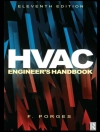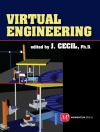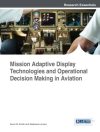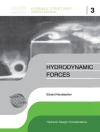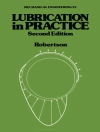Written to teach students the nature of transonic flow and its mathematical foundation, this book offers a much-needed introduction to transonic aerodynamics. The authors present a quantitative and qualitative assessment of subsonic, supersonic and transonic flow around bodies in two and three dimensions. The book reviews the governing equations and explores their applications and limitations as employed in modeling and computational fluid dynamics.Some concepts, such as shock and expansion theory, are examined from a numerical perspective. Others, including shock-boundary-layer interaction, are discussed from a qualitative point of view. The book includes 60 examples and more than 200 practice problems. The authors also offer analytical methods such as Method of Characteristics (MOC) that allow readers to practice with the subject matter.The result is a wealth of insight into transonic flow phenomena and their impact on aircraft design, including compressibility effects, shock and expansion waves, shock-boundary-layer interaction and aeroelasticity.
Innehållsförteckning
1 Introduction and Historic Perspective2 Review of Fundamental Equations3 Transonic Similarity Laws4 Shock-Expansion Theory5 Method of Characteristics6 Aerodynamics of Non-lifting Bodies7 Airfoil Aerodynamics8 Aerodynamics of Swept Wings A Isentropic Flow Table B Normal Shock Table C Prandtl-Meyer Function Partial Answers to Selected Problems Glossary Index


